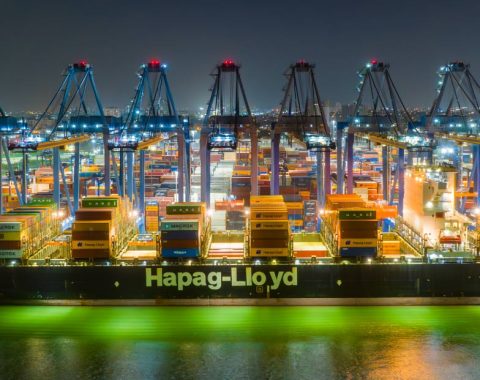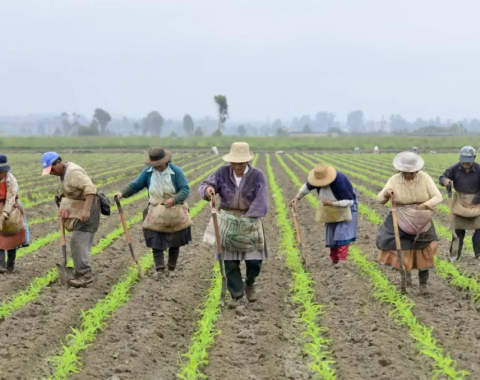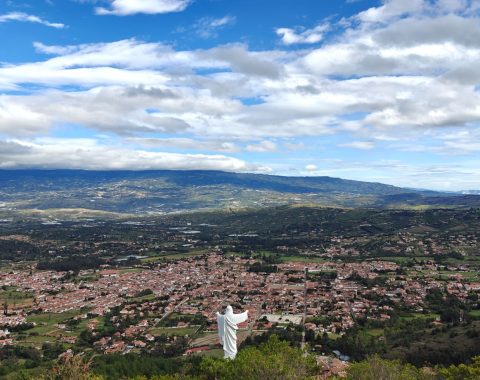When reflecting on the prolonged internal conflict in Colombia, many tend to think that drug trafficking is at the core of the issue. However, the most significant reason lies even deeper and is rooted in Colombian history: land ownership. Colombia, like other Latin American countries, has practically functioned as a feudal system. This situation has prevented its economic modernization due to the vast concentration of wealth in the hands of a few powerful groups. Taking advantage of their influence, these groups have continued amassing more land and wealth, harming not only peasant communities but also the Colombian agro-industrial sector. Over time, few presidents have tried to carry out land reform, although the recent progressive government is already showing signs of progress.
In his congressional inauguration speech last July 20th, President Petro detailed that out of 7 million hectares during his administration, one million has been titled. Of that total, 750,000 were given to indigenous communities, while 175,000 were allocated to peasant populations. “By having a title, their labor and productive conditions improve,” he pointed out. Furthermore, 7,945 hectares went to black communities. Land reform can be the main engine for Colombia to industrialize and transition from feudalism to a genuine capitalist economy.
President Petro’s government aims to distribute 1.5 million hectares, which, with an average of 10 hectares per family, would benefit 150,000 families and lift 750,000 people out of poverty. 3 trillion pesos have been allocated for land purchasing, and this effort will be complemented with a plan for “low-interest loans” to turn Colombia into a global agri-food powerhouse.
Narco-trafficking Lands
A novel element in this land reform is that the state has an extensive list of lands confiscated from drug trafficking and other criminal organizations, currently under the custody of the SAE (Special Assets Society). These lands, now national property, are being distributed to peasant families by the Petro government.
To date, titles have been handed over to hundreds of peasant families in various departments: 3,500 hectares in Sucre, 780 in the Salado region, 526 in the south of Bolívar, 1,000 in Zarzal (Valle del Cauca), and 590 in Córdoba. Although there’s still a long way to reach the 1.5 million hectares goal, these advances are promising for a reform that will span several years.
The First Harvest
Last week, on one of these lands given to the peasant community of Sucre, the first rice harvest was celebrated, yielding 320 tons from 64 hectares. Gilberto Pérez, legal representative of Fensuagro, stated: “What the president has proposed is becoming a reality. Today we see how the SAE and the National Land Agency operate and how we, as a peasant organization, guide families to grow food on their lands. Today we can affirm that Támesis and El Paraíso plots are a reality for the peasants.”
In conclusion, although it might seem paradoxical, Colombia is taking steps it should have taken at the beginning of the 20th century. If the country had addressed the issue of high land concentration in time, it would not only have avoided a century of conflict but would also have established the necessary conditions to operate as a modern economy. It sends a clear message to the industry and the region: reactivating the agricultural potential of a country with vast biodiversity and a privileged climate for agriculture demands significant investments but also offers vast business opportunities.





